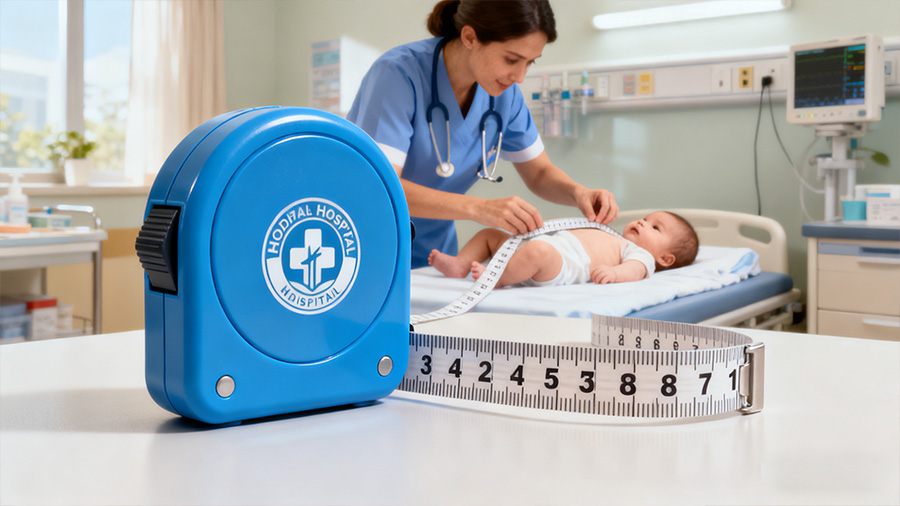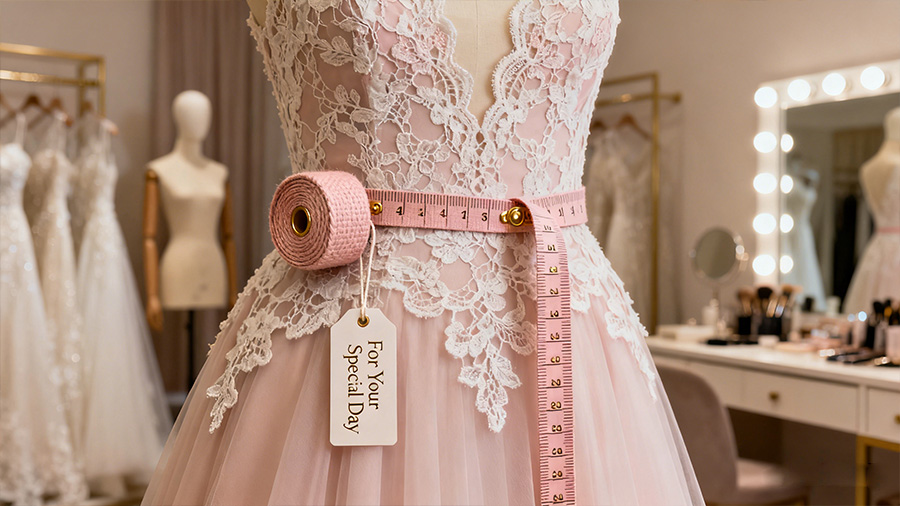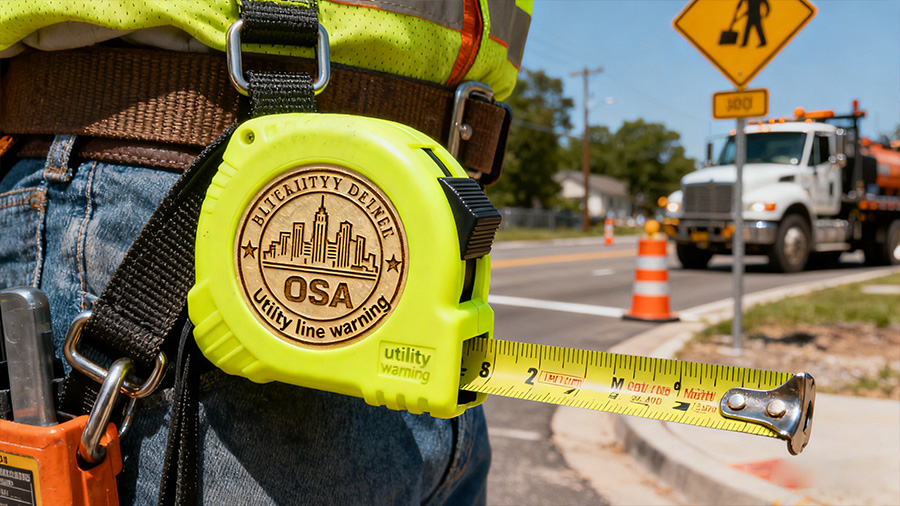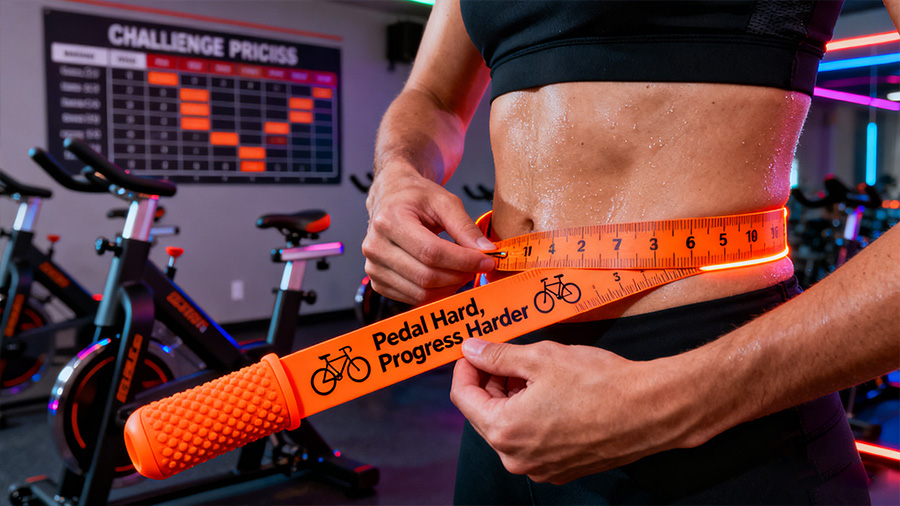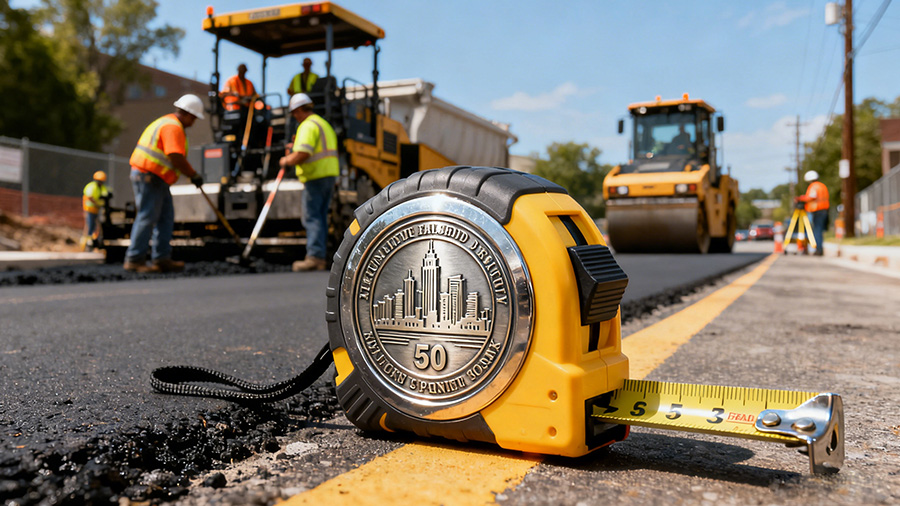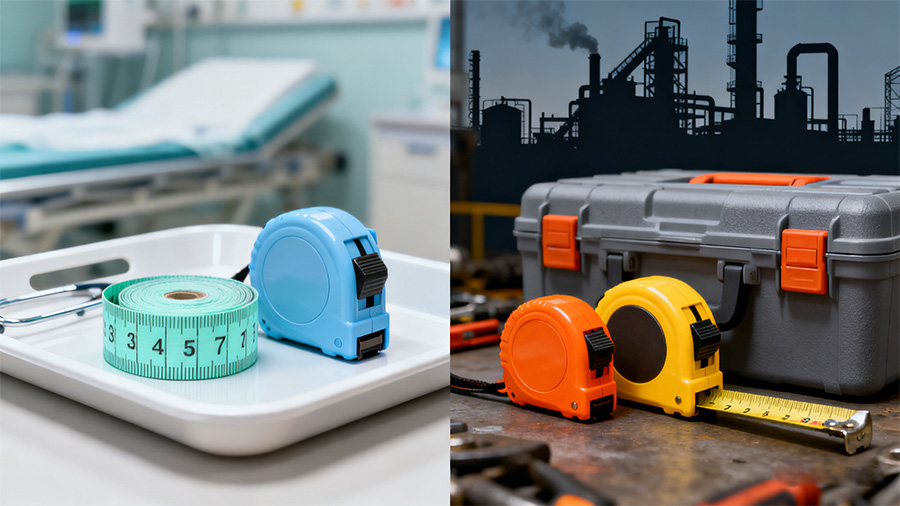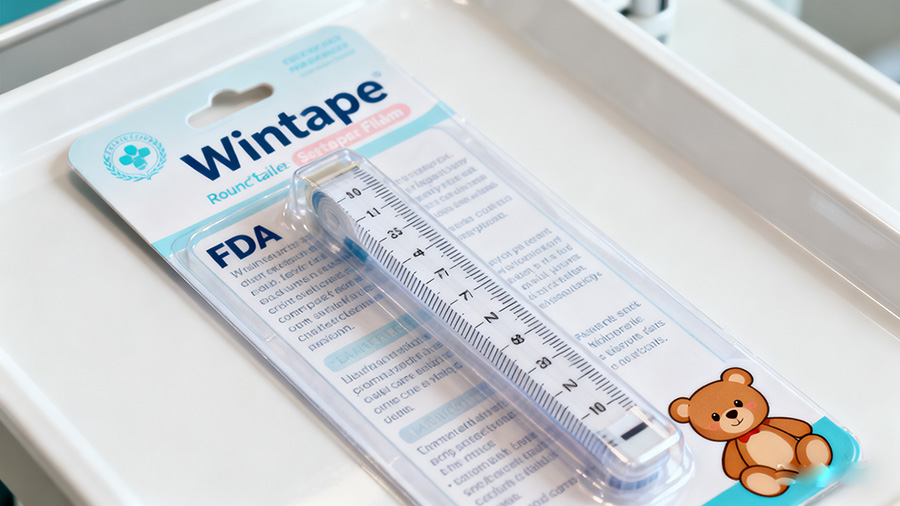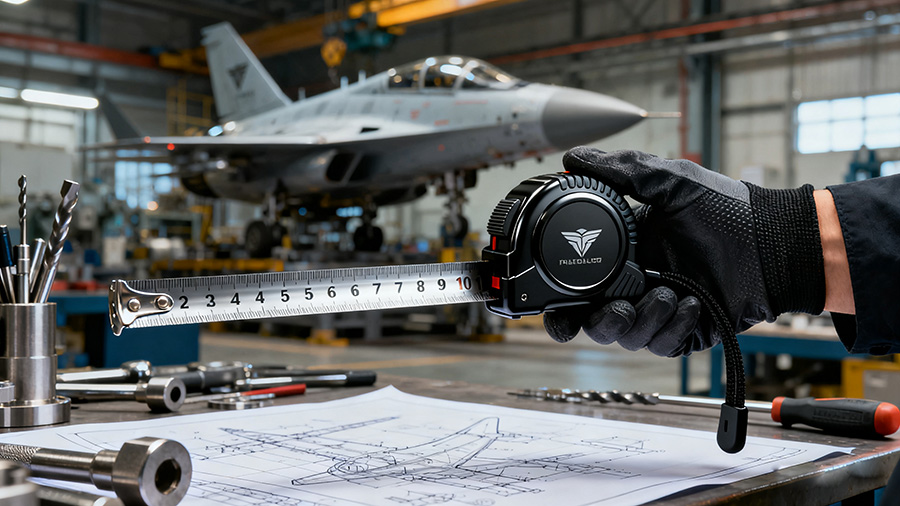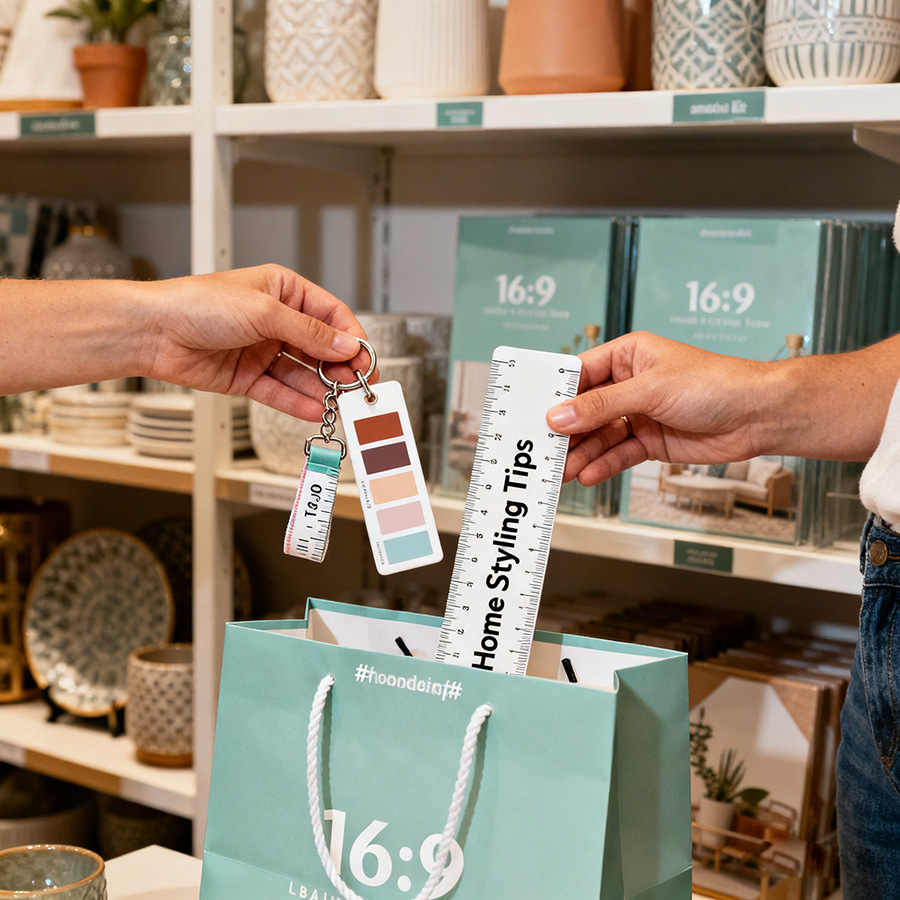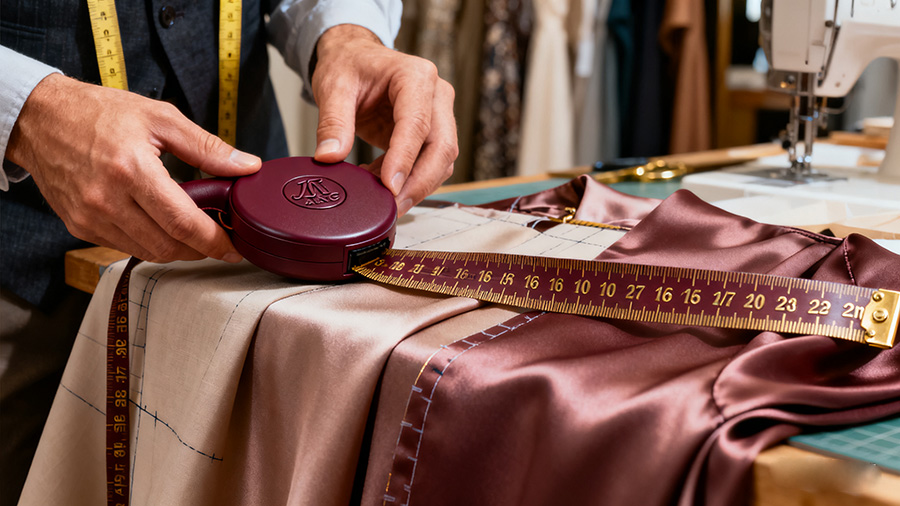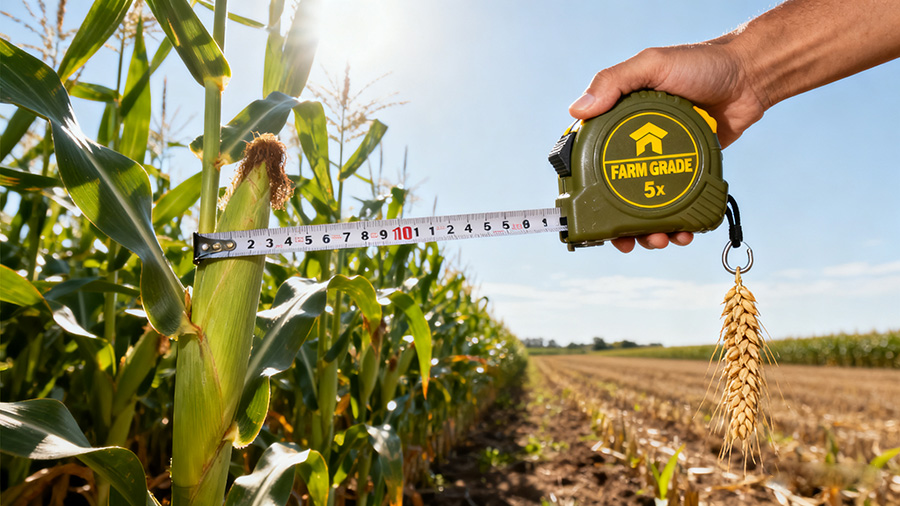Finding the right bra size is crucial for comfort, support, and confidence. It's said that 1 in every 8 women is wearing the wrong bra size, often because they've never been professionally measured or don't know how to measure themselves accurately at home. Wearing an ill-fitting bra can lead to discomfort, frustration, and even physical issues. This guide will walk you through the entire process of measuring your bra cup size at home, ensuring you can find a supportive, comfortable bra that fits perfectly.
Should I Measure Myself with a Bra On?
For the most accurate results when measuring for a bra, it's recommended to wear a non-padded bra or no bra at all. This ensures your measurements reflect the natural shape and size of your bust, rather than being altered by padding or an ill-fitting bra. If you choose to wear a bra during measurement, ensure it is a lightly lined or non-padded style that doesn't compress or artificially enhance your breasts. Measuring without any bra is ideal, as it provides the truest representation of your natural bust size and shape, which is essential for determining your correct bra cup size.
What Is Bust Size?
Your bust size, also known as overbust measurement, refers to the circumference around the fullest part of your chest when you are standing naturally. It is a key component in determining your bra size, specifically the cup size. The term "bust" refers to both breasts together, not individually. This measurement, when combined with your band size (underbust measurement), is used to calculate your cup size by finding the difference between the two. Knowing your bust size is essential for finding bras that fit well and provide adequate coverage and support.
How to Measure Bust Size
Measuring your bust size accurately is crucial for determining your correct bra cup size. Here’s a step-by-step guide to help you get an accurate measurement at home:
- Wear a well-fitting, non-padded bra or no bra: This ensures your breasts are in their natural position without any padding altering their shape or size.
- Use a soft bra measuring tape: A flexible, cloth measuring tape is ideal for this task as it conforms to your body’s contours.
- Stand straight: Keep your arms at your sides and stand up straight with your feet together. Face forward and breathe normally.
- Find the fullest part of your bust: This is typically at the nipple level, but it may vary depending on your breast shape.
- Wrap the tape around your bust: Place the measuring tape around your back and bring it forward to the fullest part of your bust. Ensure the tape is horizontal and level all the way around your body; it shouldn't sag or dig into your skin.
- Keep the tape snug but not tight: The tape should be touching your skin lightly without compressing your breasts. Make sure it's not too loose either.
- Note the measurement: Read the measurement where the tape meets itself. Record this number in inches or centimeters.
For even greater accuracy, especially if your breasts are uneven in size or shape, some experts recommend taking multiple measurements (e.g., leaning forward 45 degrees and 90 degrees) and averaging them. Once you have your bust size measurement, you’ll use it along with your band size to determine your cup size.
Visual Aid: Imagine a bra measuring tape with a colorful design that clearly marks different band size zones for easy use at home. This can help ensure you're measuring at the correct height around your body..webp)
What Is Underbust? (Band Size)
Your underbust measurement is the circumference of your rib cage just below your breasts. This measurement determines your band size, which is the numerical part of your bra size (e.g., 32, 34, 36). The band provides the primary support for your breasts, so it's crucial for it to be snug and secure. A correctly fitted band should feel firm and stay in place without riding up or digging in. Band sizes are typically even numbers, so after measuring, you'll round to the nearest even number to find your size.
How to Measure Bra Band Size
Measuring your band size is straightforward. Here's how to do it:
- Prepare: Remove your bra to ensure an accurate measurement.
- Position the tape: Wrap a soft measuring tape around your torso, directly under your bust, where the bra band would naturally sit. Ensure the tape is level and straight across your back—not sliding up or down.
- Snug fit: Pull the tape so it's snug against your skin but not uncomfortably tight. You should be able to breathe comfortably.
- Read the measurement: Note the measurement in inches or centimeters. If you measured in inches and got an odd number, round to the nearest even number to find your band size. For example, if you measure 31 inches, round up to a 32 band. If you measure 33 inches, round up to a 34 band.
- Verify: For confirmation, you can also measure your underbust while exhaling lightly and then again while inhaling lightly, and average the two measurements for comfort.
Once you have both your bust size measurement and your band size, you can calculate your cup size.
Calculating Your Cup Size
Your cup size is determined by the difference between your bust size (the measurement around the fullest part of your bust) and your band size (your underbust measurement).
Here’s how to calculate it:
- Subtract: Take your bust measurement and subtract your band measurement from it.
- Find your cup: The difference in inches corresponds to a letter, which is your cup size14.
Here is a common conversion chart:
| Difference (in inches) | Cup Size |
|---|---|
| 0 - 0.5 | AA |
| 1 | A |
| 2 | B |
| 3 | C |
| 4 | D |
| 5 | DD/E |
| 6 | DDD/F |
| 7 | G |
| 8 | H |
Example: If your bust measurement is 36 inches and your band size is 34 inches, the difference is 2 inches, which corresponds to a B cup. Your bra size would be 34B.
It's important to remember that cup size is relative to band size. For example, the cup volume of a 34B is not the same as the cup volume of a 36B. A 36B has the same cup volume as a 34C or a 32D4. These are called "sister sizes."
Tips for a Perfect Fit and Final ConsiderationsRe-measure periodically: Your body changes over time due to factors like weight fluctuations, hormonal changes, pregnancy, or aging. It's a good idea to measure yourself every 6 to 12 months to ensure you're still wearing the correct size.
Check the fit: After determining your size, try on bras. A well-fitting bra should have:
- A band that is snug and level around your body, providing most of the support without digging in.
- Cups that fully contain your breast tissue without gaping, spilling, or puckering.
- Straps that stay in place and provide secondary support without digging into your shoulders.
- An underwire (if present) that lies flat against your rib cage and fully encloses your breast tissue.
Sister Sizes: If your calculated size doesn't feel perfect, try a sister size. This means going up a band size and down a cup size (e.g., 34C to 36B), or down a band size and up a cup size (e.g., 34C to 32D) for a similar cup volume.
Brand Variations: Be aware that bra sizing can vary between brands and even between different styles from the same brand. Use your calculated size as a starting point for trying on bras.
Conclusion
Measuring your bra cup size at home is a simple process that requires only a soft measuring tape and a few minutes of your time. By accurately measuring your bust size and underbust, you can calculate your size and find bras that offer superior comfort, support, and confidence. Remember to measure without a padded bra, stand naturally, and use the difference between your bust and band measurements to find your cup. Don't forget that your size can change, so re-measure periodically. Embrace the process, and enjoy the difference a perfectly fitted bra can make.
Wintape Measuring Tape Company
Custom Tape Measure Manufacturers
For All Your Measuring and Promotional Needs.
86-18588000509
cici@tape-measure.com
Custom Tailor Measuring Tape
Custom Body Measuring Tape
Custom Paper Measuring Tape
Custom MUAC Tape
Custom Wound Ruler
Custom Diameter Pi Tape
Custom Digital Tape Measure Laser
Custom Adhesive Measuring Tape
Custom Mini Tape Measure
Custom Horse Weight Tape
Custom Stainless Steel Tape Measure
Custom Long Tape Measure
Custom Measuring Tape
© 2025 Wintape Tape Measure Co.,Ltd | Privacy Policy | Sitemap | Contact Us | Powered by matchPages




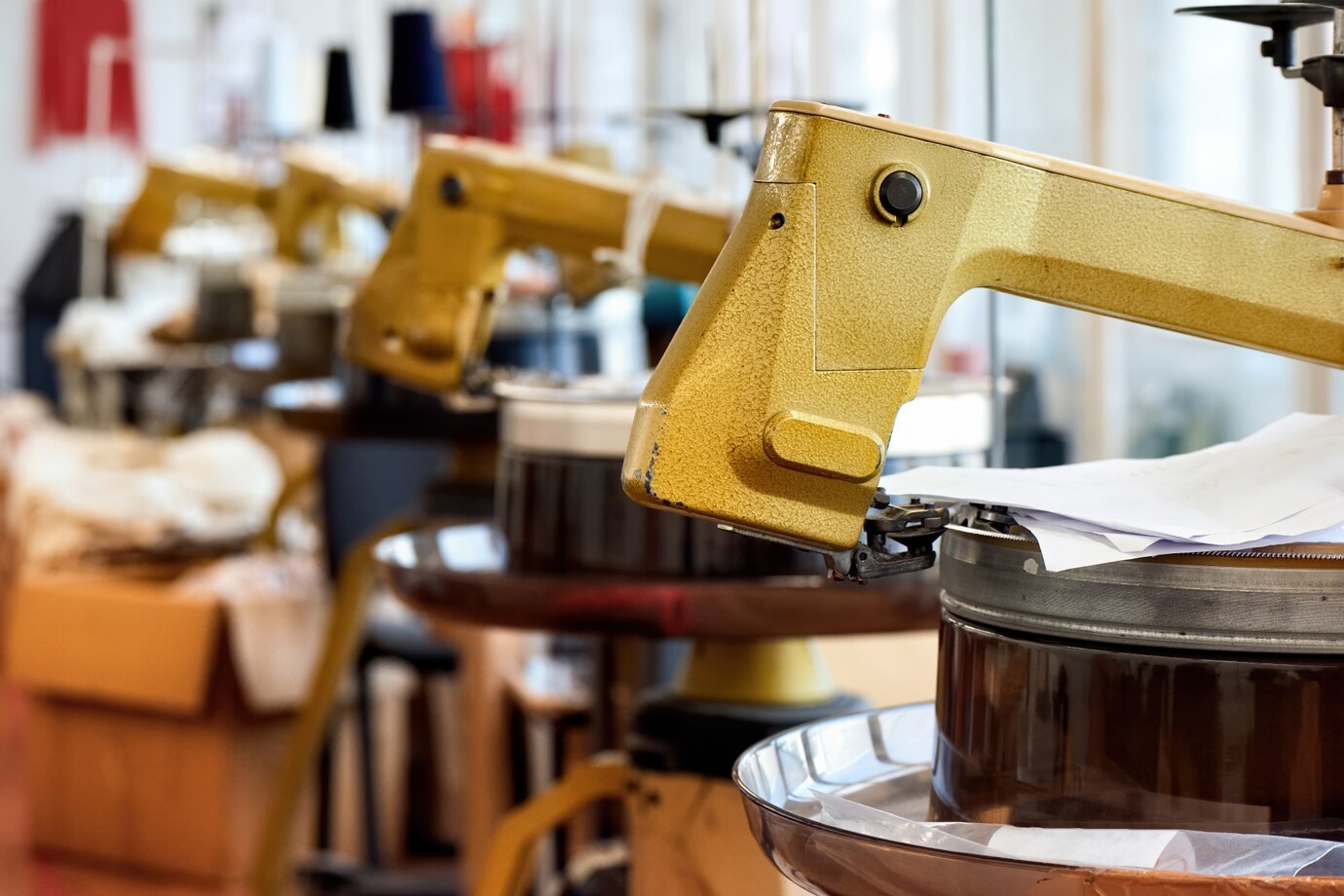
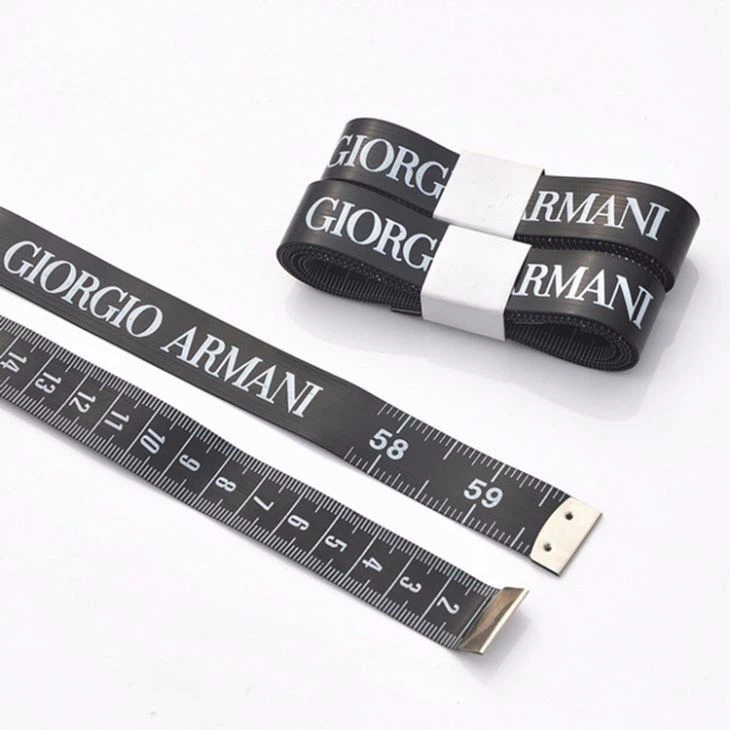
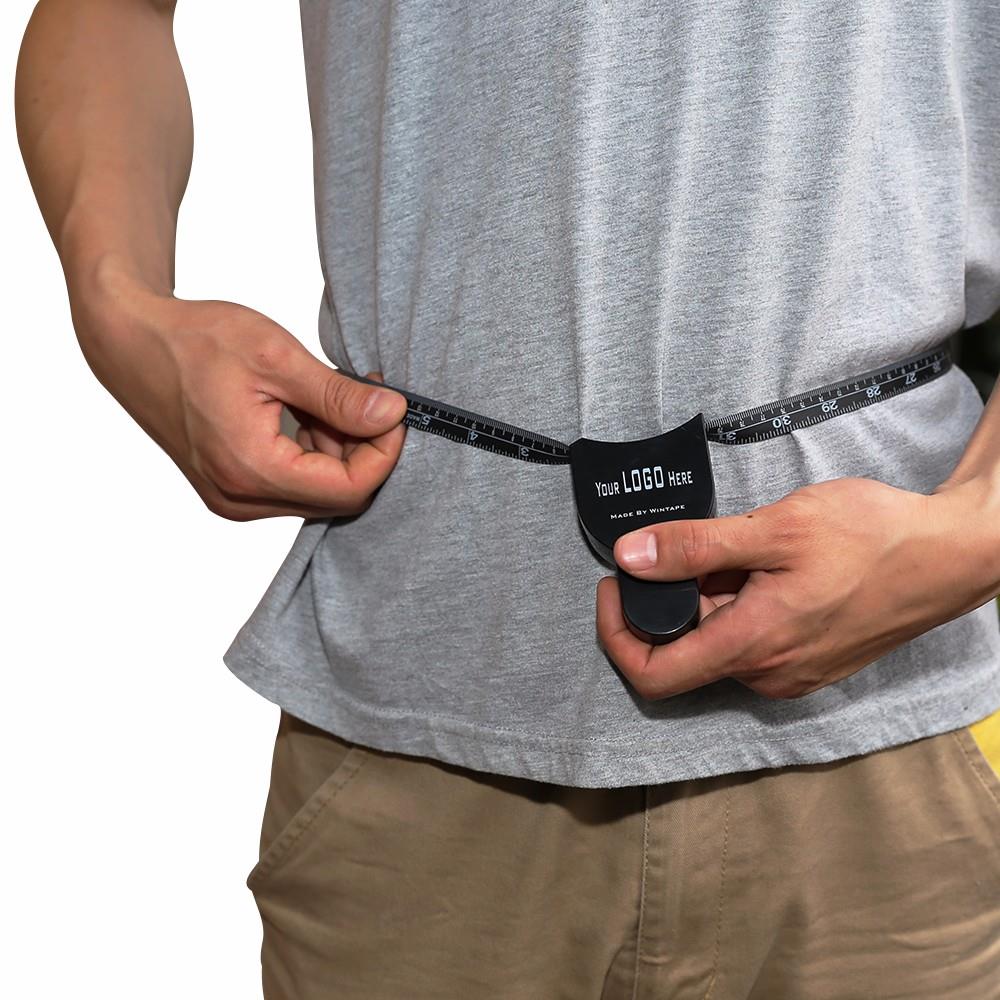
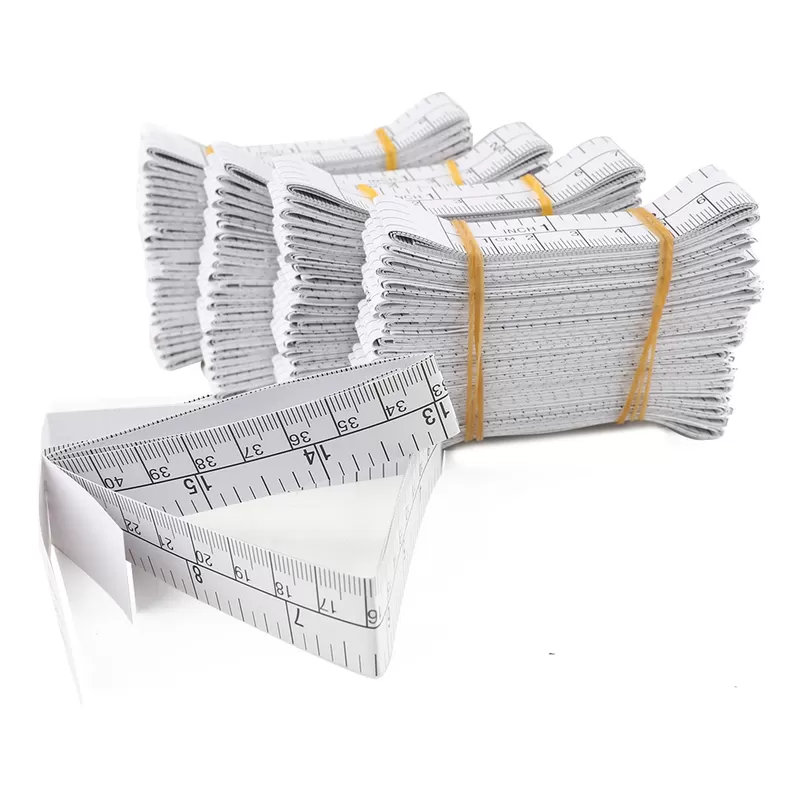
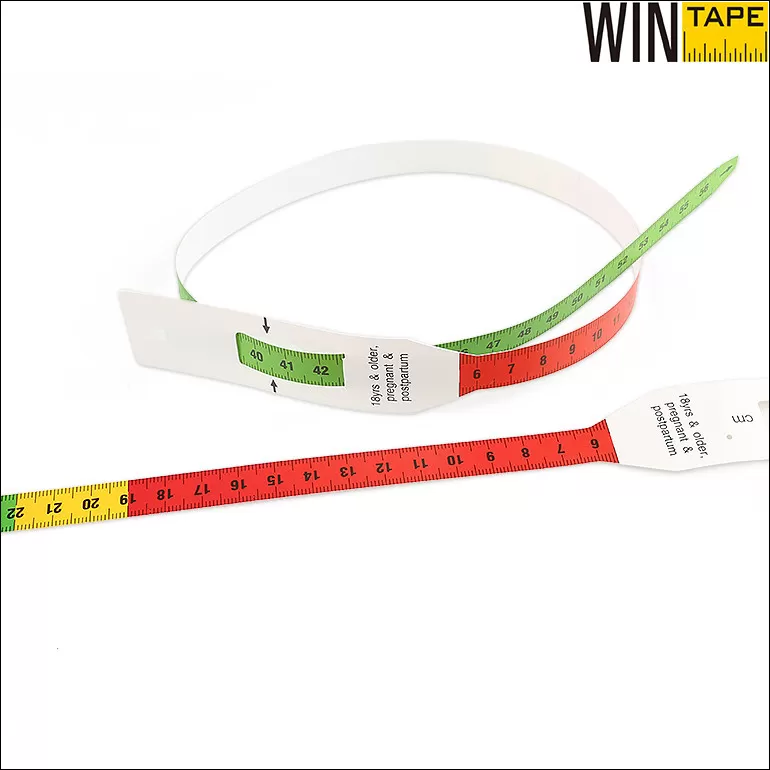

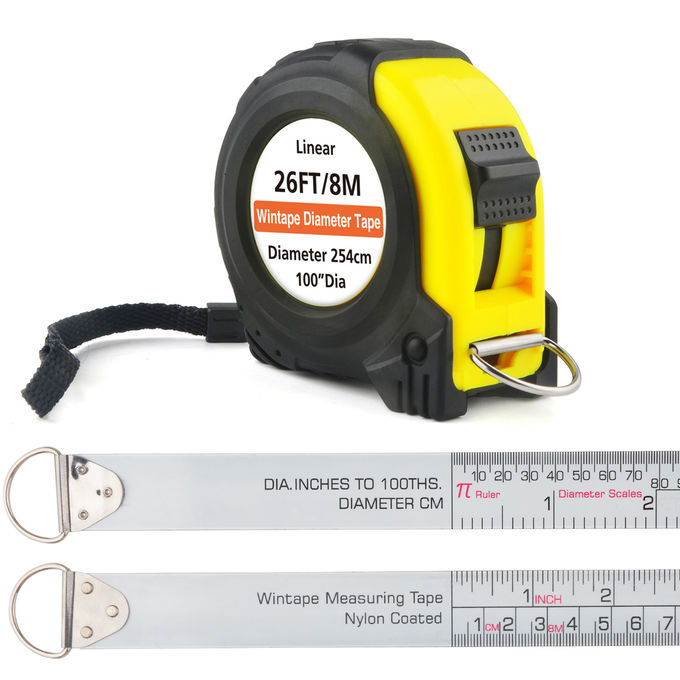
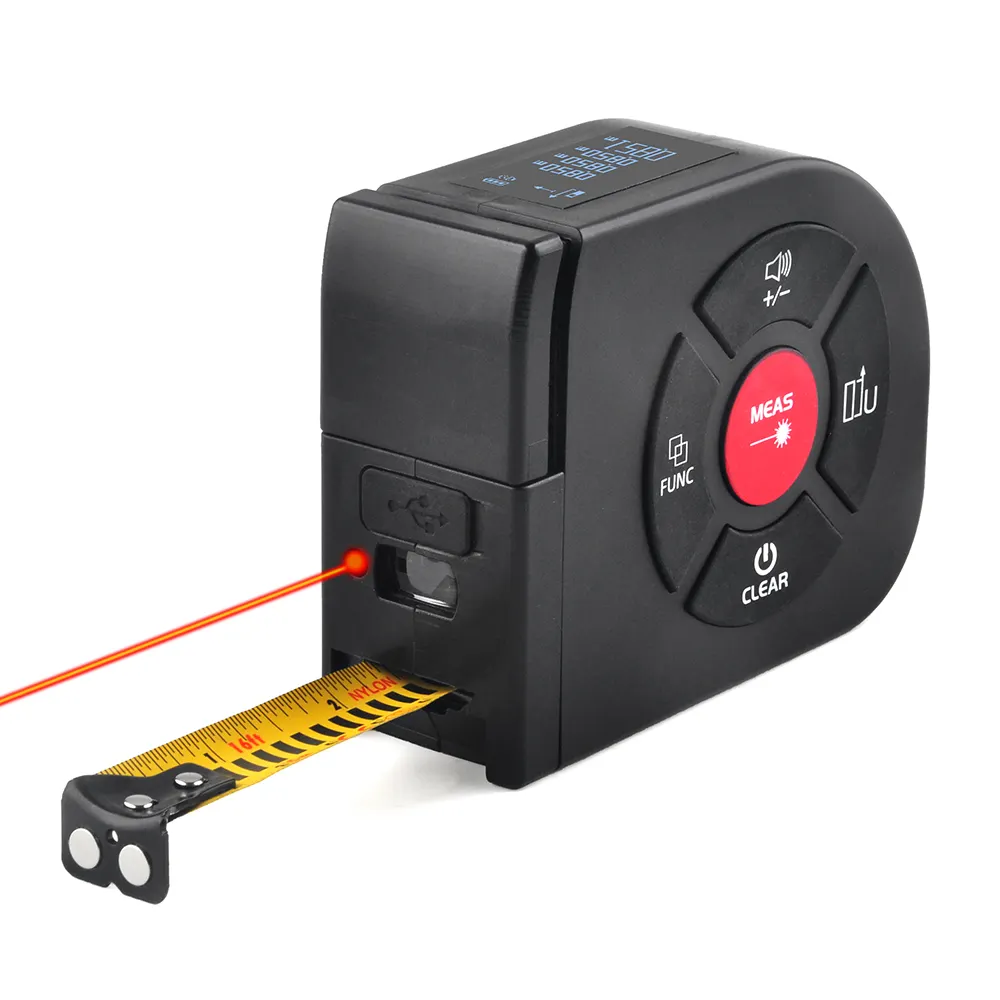

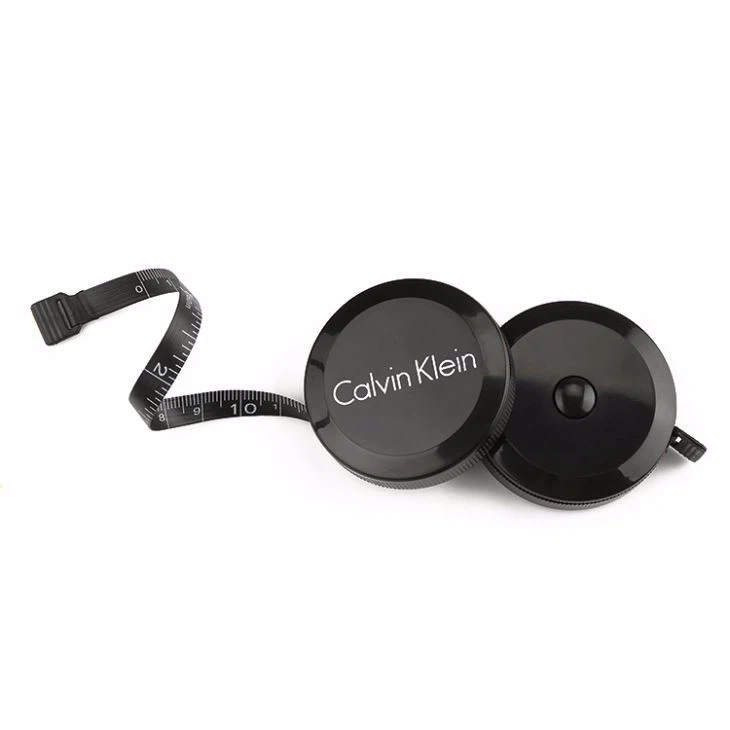
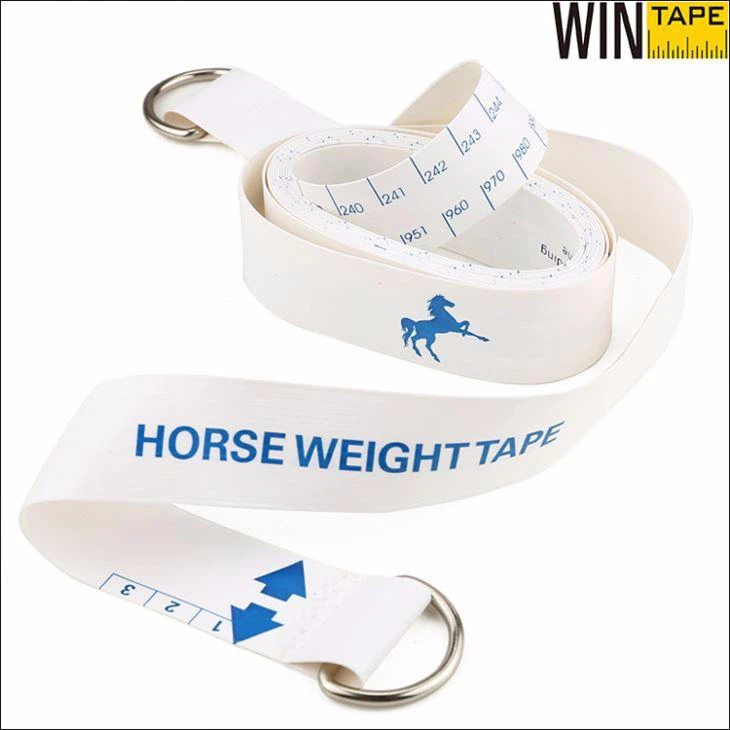
.webp)
.webp)
